Optimal Timing for Waterproofing Projects
Waterproofing is a critical component in protecting structures from water intrusion and damage. The timing of waterproofing projects can significantly influence their effectiveness and longevity. Properly scheduled waterproofing ensures that materials adhere correctly and that the structure remains protected during periods of high moisture or adverse weather conditions.
Late spring and early fall are ideal for waterproofing due to moderate temperatures and lower humidity levels, which facilitate better application and curing.
Dry weather with minimal rain is essential for successful waterproofing, as moisture can compromise adhesion and effectiveness.
Before waterproofing, ensure that surfaces are clean, dry, and free of debris to maximize material performance.
Applying waterproofing before the onset of heavy rain or snow helps prevent water penetration during adverse weather conditions.
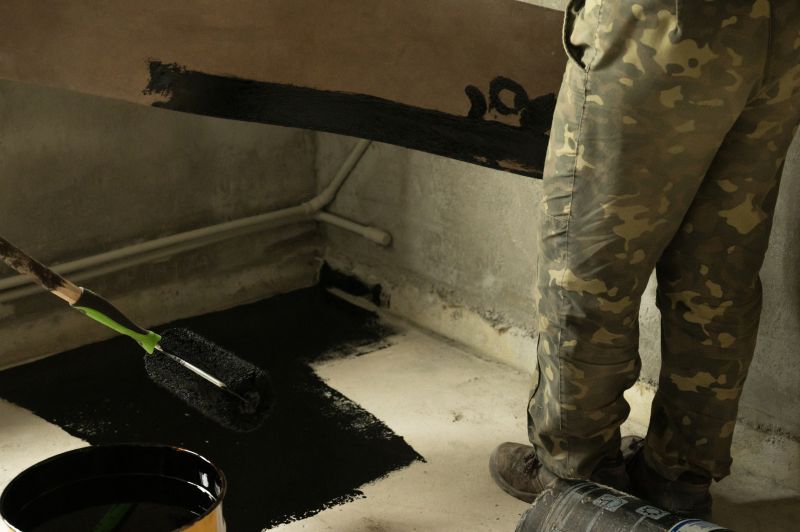
Ways to make Waterproofings work in tight or awkward layouts.
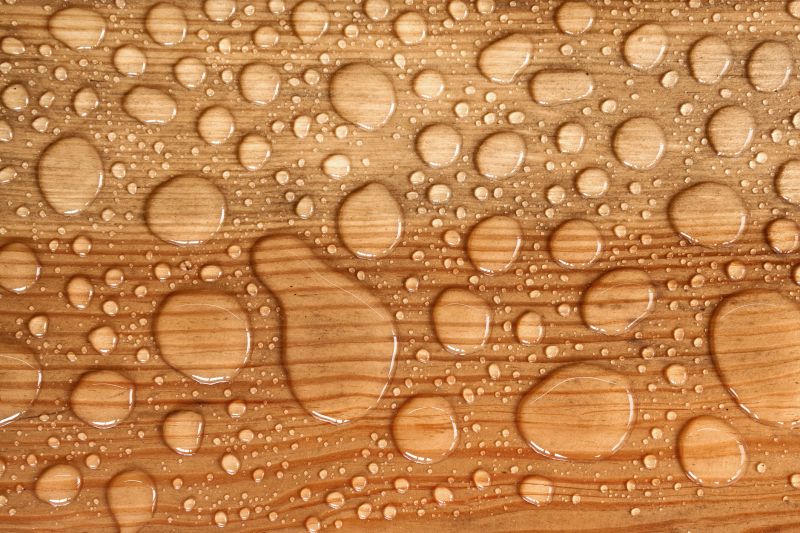
Popular materials for Waterproofings and why they hold up over time.
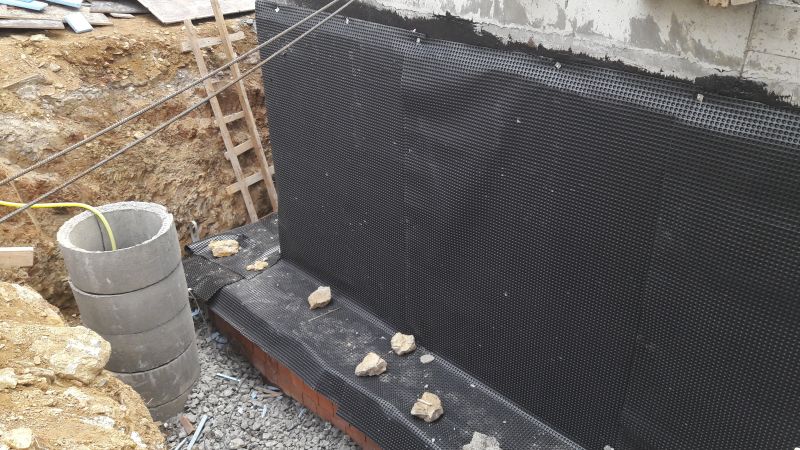
Simple add-ons that improve Waterproofings without blowing the budget.
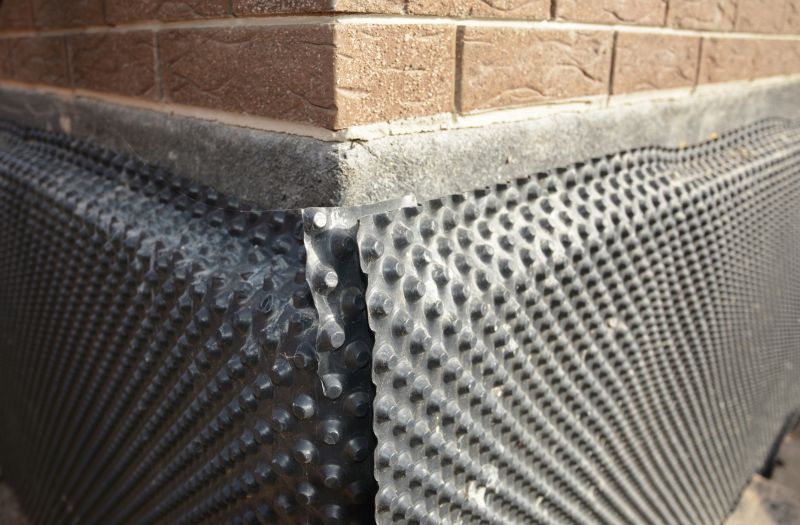
High-end options that actually feel worth it for Waterproofings.

Finishes and colors that play nicely with Waterproofings.
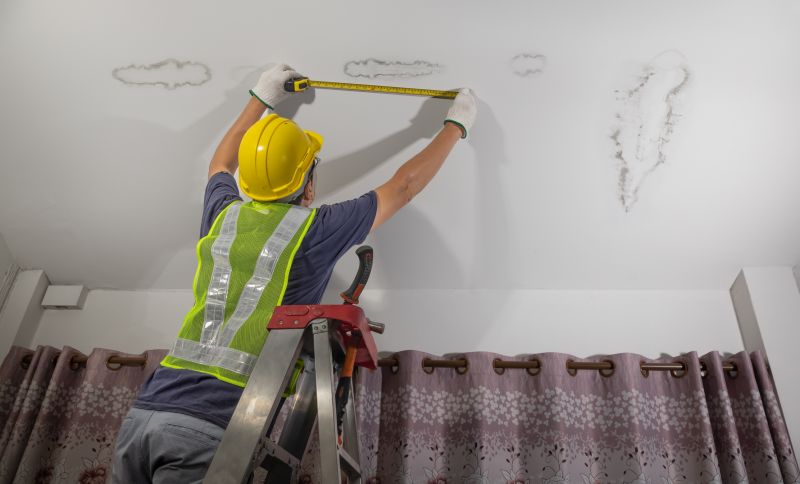
Little measurements that prevent headaches on Waterproofings day.
Waterproofing involves applying specialized materials to prevent water ingress into structures such as foundations, roofs, and basements. It is essential for maintaining structural integrity and preventing costly damages caused by water infiltration. Advances in waterproofing technology include liquid membranes, sheet membranes, and sealants, each suitable for different applications and environmental conditions.
Statistics indicate that proper waterproofing can extend the lifespan of a building by decades and reduce maintenance costs significantly. On average, waterproofing projects can prevent up to 90% of water-related damages, saving property owners substantial expenses over time.
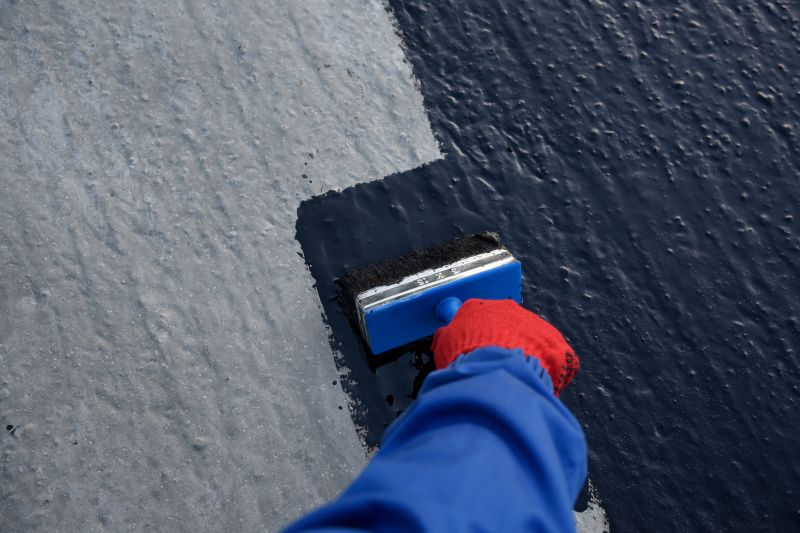
A 60-second routine that keeps Waterproofings looking new.
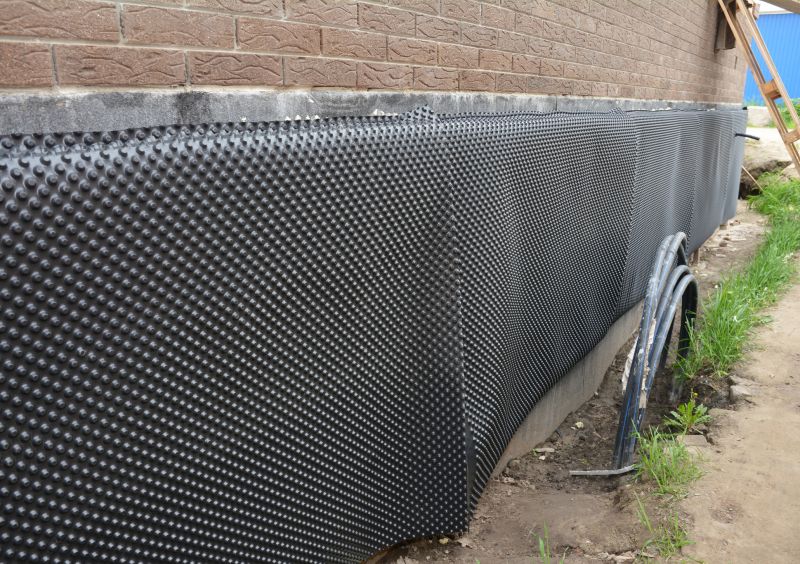
A frequent mistake in Waterproofings and how to dodge it.

Small tweaks to make Waterproofings safer and easier to use.
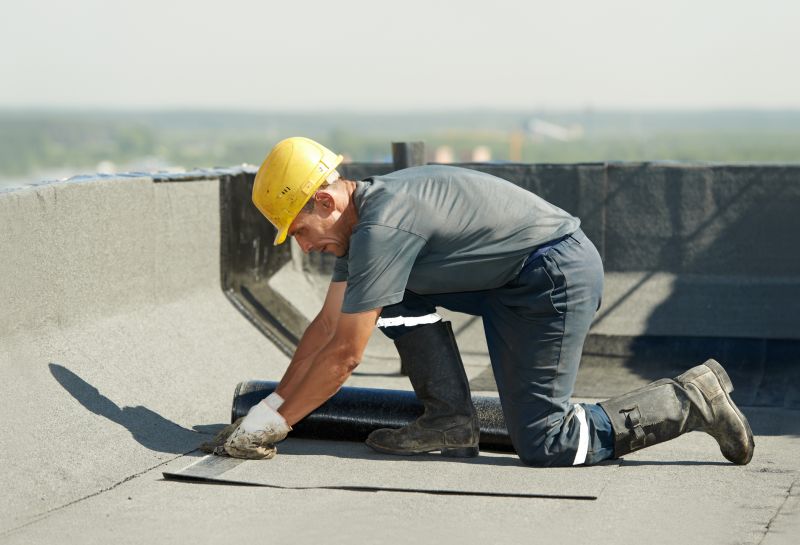
Lower-waste or water-saving choices for Waterproofings.
| Best Time for Waterproofings | Key Considerations |
|---|---|
| Late Spring | Moderate temperatures and low humidity favor application. |
| Early Fall | Ideal for avoiding high moisture levels and temperature extremes. |
| Dry Weather Periods | Ensures proper adhesion and curing of materials. |
| Pre-Heavy Rain Seasons | Prevents water intrusion during adverse weather. |
| Low Activity Periods | Minimizes disruptions and allows thorough application. |
| Before Winter | Prepares structures for winter conditions and prevents freeze-thaw damage. |

